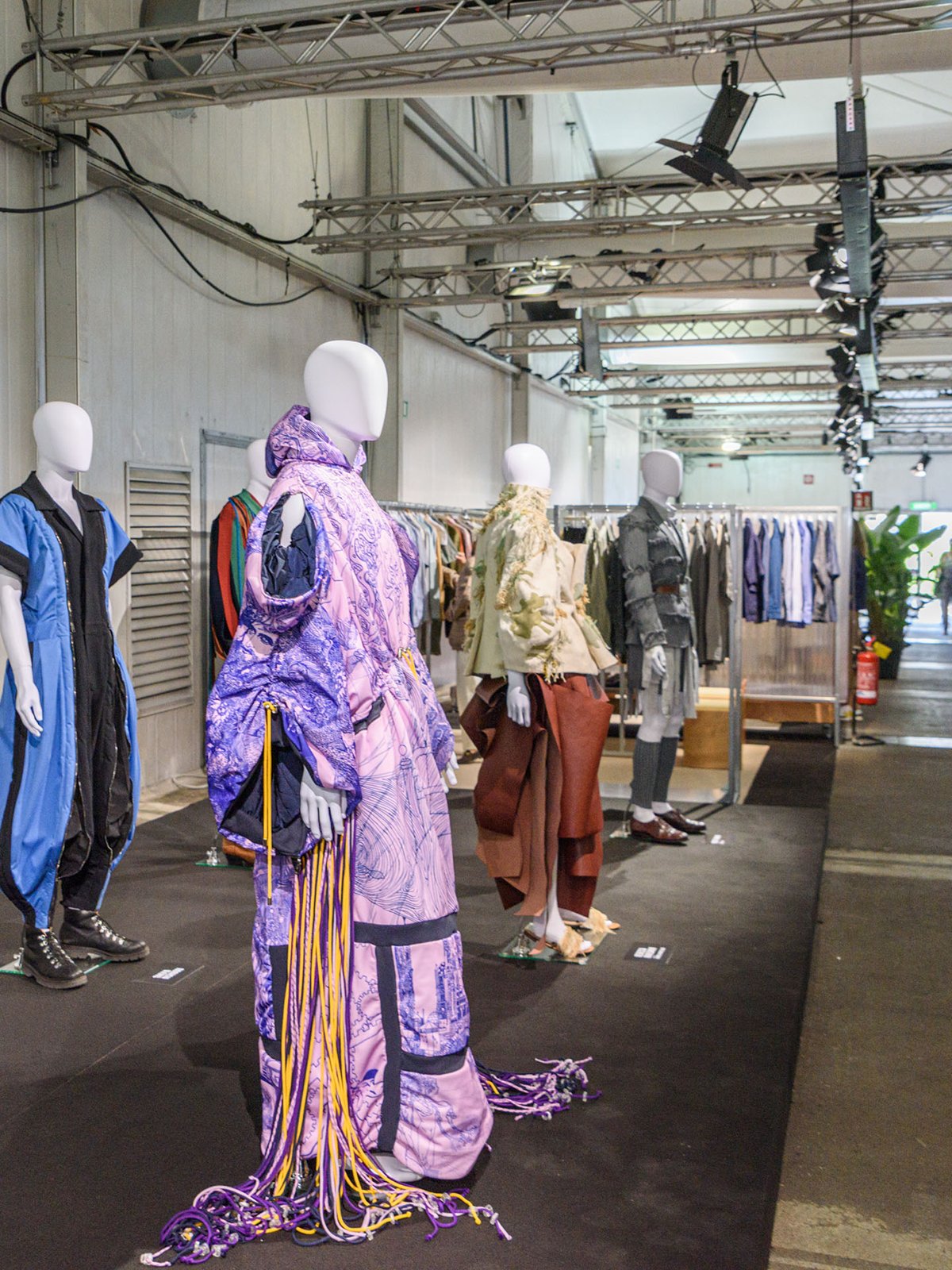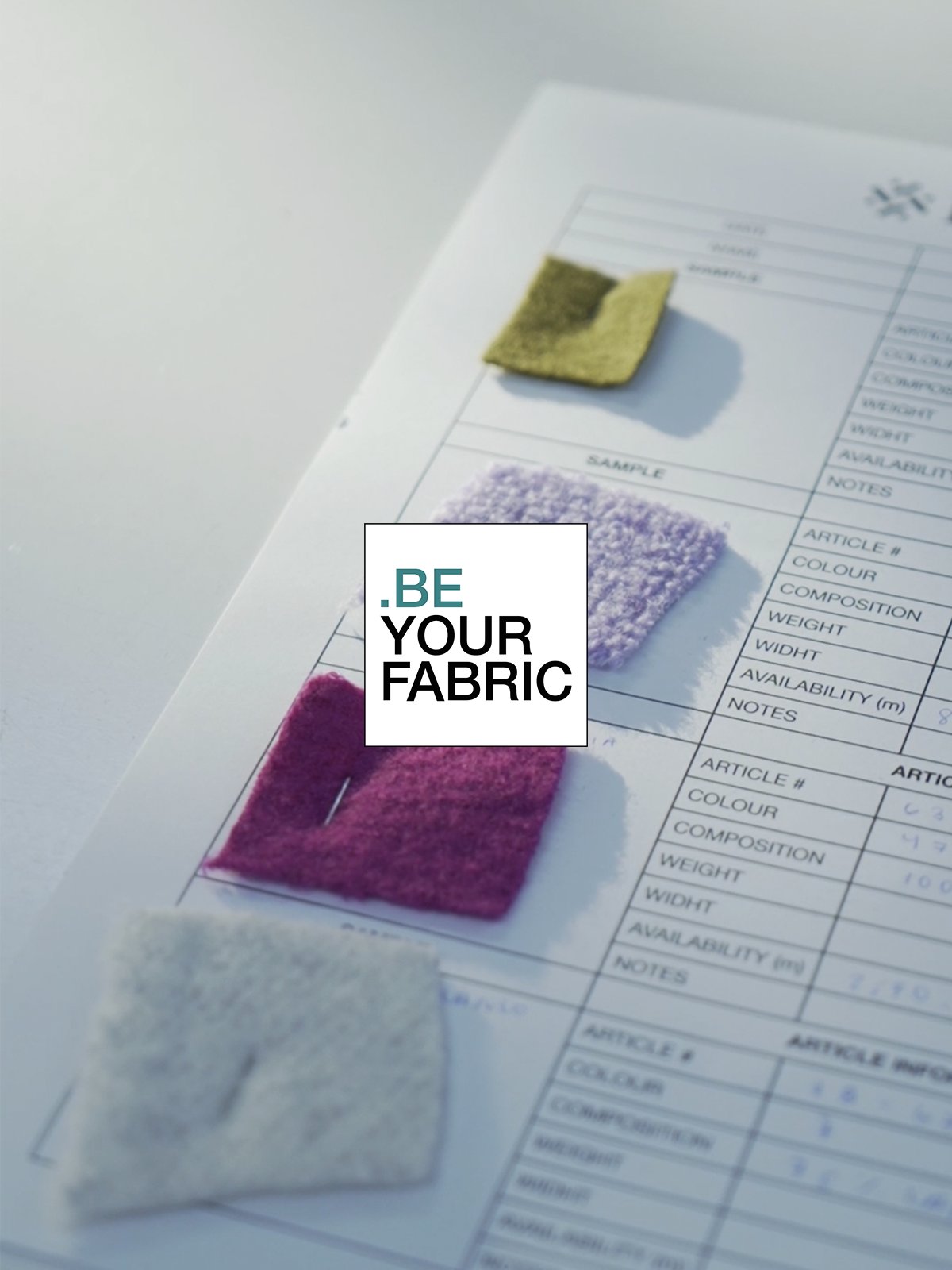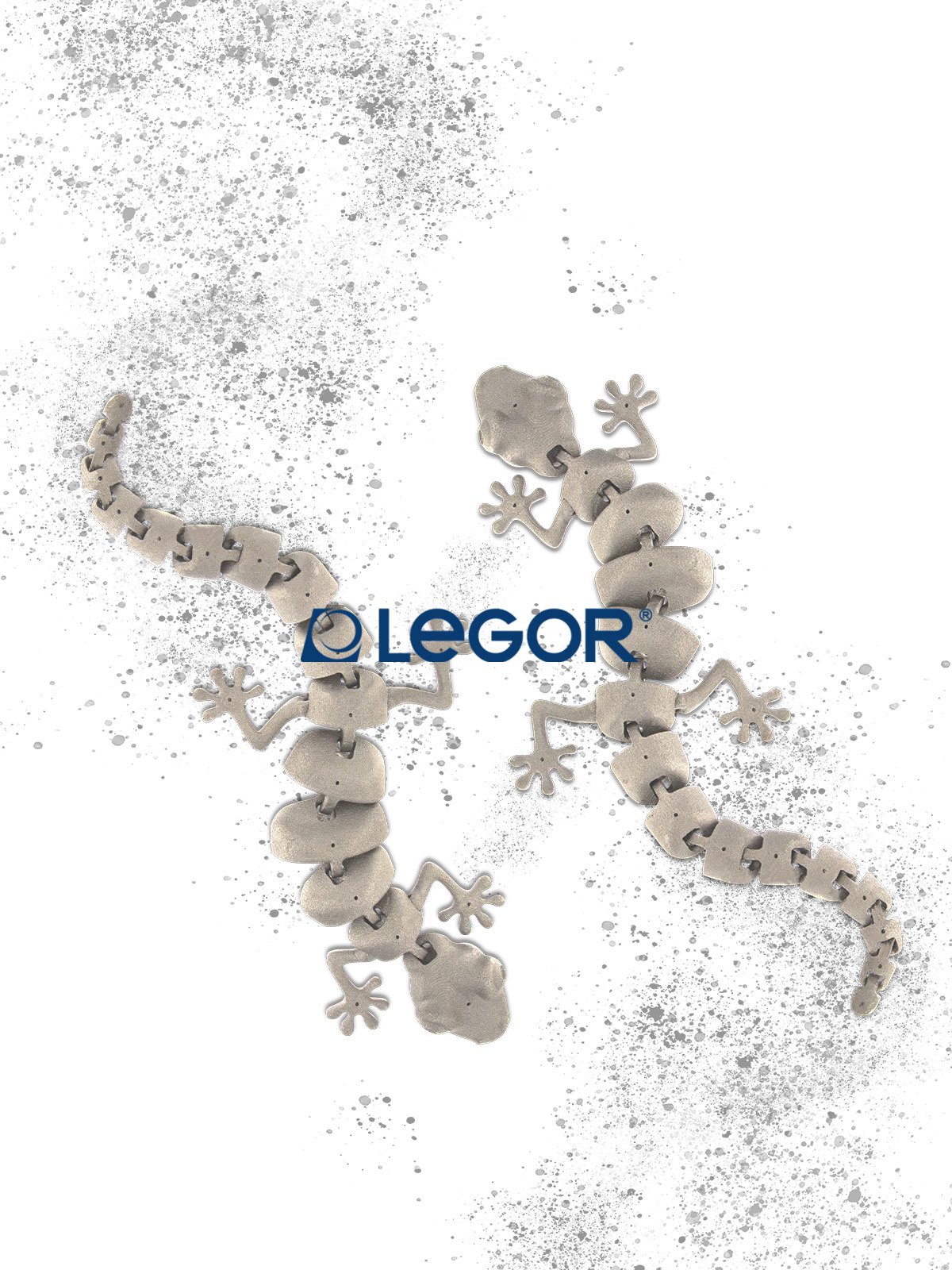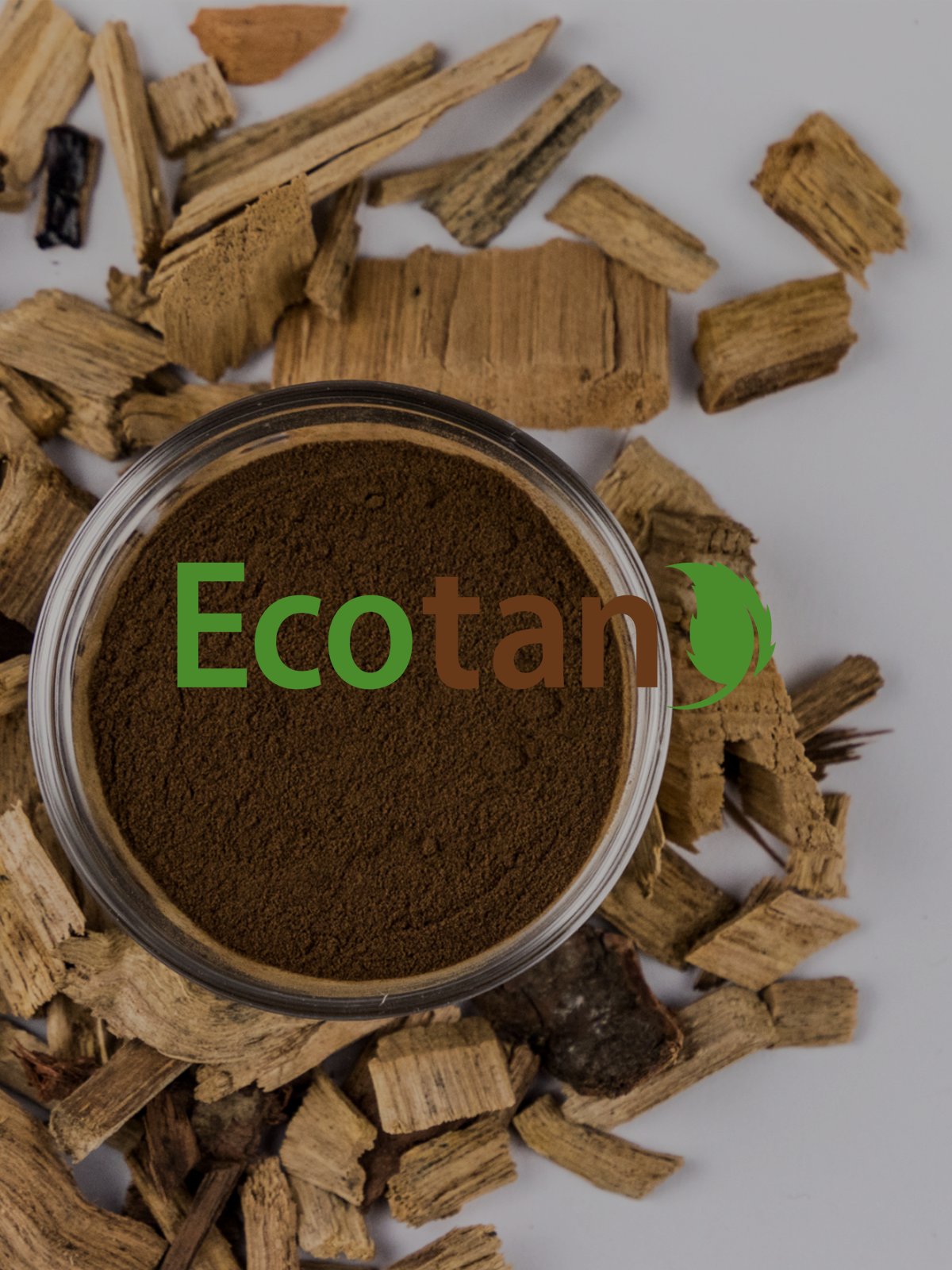News
MTWH tells us about its eco version of metal injection molding

Metal Injection Molding or MIM (Metal Injection Molding) is a production process that combines the versatility of injection molding, similar to that commonly used for thermoplastic materials, with the mechanical strength of steel products also made conventionally. We talked about it with Fabio Coradin, Group Sales & Marketing Director of MTWH, a leading group composed of the companies Metalworks, FGF and Mengoni and Nassini, which have been introducing MIM into their production processes using stainless steel for a little over two years with excellent results.
Can you tell me how metal injection molding works?
I would start with three words, actually five: injection molding, debinding, sintering. It all starts with a mixture consisting of metal powder and a binder made of polymers and waxes: the so-called feedstock. As with plastic molding, the feedstock is melted and injected into a mold to obtain the so-called "green." By debinding (or debinding), the "green" is treated to remove almost all of the polymer and wax content, obtaining the so-called "brown." I would like to emphasize that, at this stage, the MTWH Group-always attentive to sustainability issues-does not use chemicals but simply water. Finally, with the last process, sintering-the true heart of the process-the components are "baked" at temperatures generally above 1,000°C, in an environment in which carefully designed gas mixtures are present. This process makes it possible to completely eliminate polymer and wax residues and create chemical reactions that lead to the formation of true 100% stainless steel. This phase can last from 10 to 15 hours depending on the object. In terms of finishing, one can then opt for a simple polishing (which results in a "palladium color") or a PVD (Physical Vapor Deposition) treatment for a thin-film but extremely hard and wear-resistant layering, which can give various colors (e.g., gold, ruthenium).
What are the application areas of MIM processing and what is your innovation instead?
MIM components find use in a wide range of applications in many traditional fields such as the biomedical field, the automotive and marine industries, electronics, and so on. The production we make, on the other hand, is specifically for the fashion industry and we are among the first in Italy to offer it for footwear, leather goods and clothing. Luxury brands are also requesting it because of its sustainability: no solvents or other chemicals are used during the entire process, and the "green" residues obtained from the injection process are 100 percent recyclable.
What are the advantages over using more traditional materials such as zamak or brass?
Apart from the strength aspects of the object, peculiar to the use of a material such as stainless steel, MIM offers great advantages of economic efficiency for a medium to high production volume and, a key detail for the fashion world, good dimensional control and production of complex shapes and custom details, eliminating or minimizing ancillary machining. In addition, you obviously overcome the problem of oxidation. Stainless steel is one of the most durable materials ever and is, in any case, completely recyclable: it can therefore be reused many times in different applications.
Are there any new projects in sight for the company?
We intend to become the benchmark in Europe for this processing in the luxury sector. The considerable demands for components made with MIM from our customers are requiring investment in research and development and a major expansion of our production capacity. By 2024 we will finish the gradual expansion of the Mengoni and Nassini plant (based in Tuscany) with an entire production area dedicated just to MIM. We will proceed in steps counting to arrive in 2023 with a production capacity of 4 million pieces and in 2024 with 7 million pieces, basically tenfold the current one.










